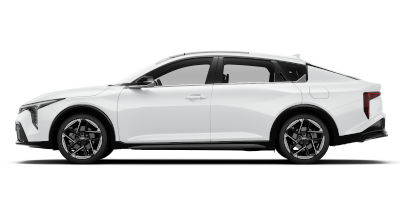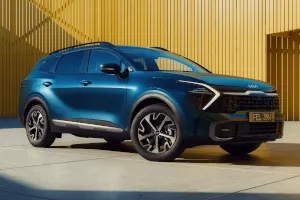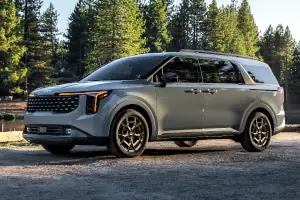What Is a Hybrid Car and How Do They Work?

Hybrid cars represent a decisive step forward in driving technology. They reduce your fuel consumption and emissions while delivering a truly exceptional driving experience – comfortable, reliable and powerful.
For Australians, this means a more sustainable way to explore the country, from busy city streets to our wide-open roads stretching to the horizon.
But what is a hybrid car, and how does it work?
What is a hybrid car?
A hybrid car combines an internal combustion engine (ICE) with an electric motor. The ICE provides the primary power, while the electric motor assists. Your hybrid car will use the electric motor more in stop/start city driving (where you tend to drive more slowly and stop more often).
This combination of electric and petrol or diesel motors combines the benefits of lower emissions and efficient fuel economy with the power and range of ICE cars.
And it creates a smart, responsive driving experience. Whether you're navigating urban traffic or cruising on the M1, a hybrid adapts to your needs – seamlessly switching between power sources to give you the best of both worlds.
Let's take a quick look at two types of hybrid cars to better understand what a hybrid vehicle is.
Hybrid electric vehicle (HEV)
Hybrid electric vehicles (HEVs) are the most common type of hybrid. They use their electric motor for low-speed, stop/start driving, where efficiency matters most, and automatically engage the engine when you need more power.
This intelligent system makes your drive smoother and more economical. And with regenerative braking, energy that would otherwise be lost is captured and used to recharge the battery – all while you simply put your foot on the brake. Smart.

Plug-in Hybrid Electric Vehicles (PHEV)
Plug-in hybrids (PHEVs) extend the benefits of electric driving. Just like a fully electric vehicle, you can charge your plug-in hybrid using a cable and wall socket at home, or at a public charging station. PHEVs have larger batteries than HEVs. Learn more about hybrid cars at the Australian Government’s Green Vehicle Guide.
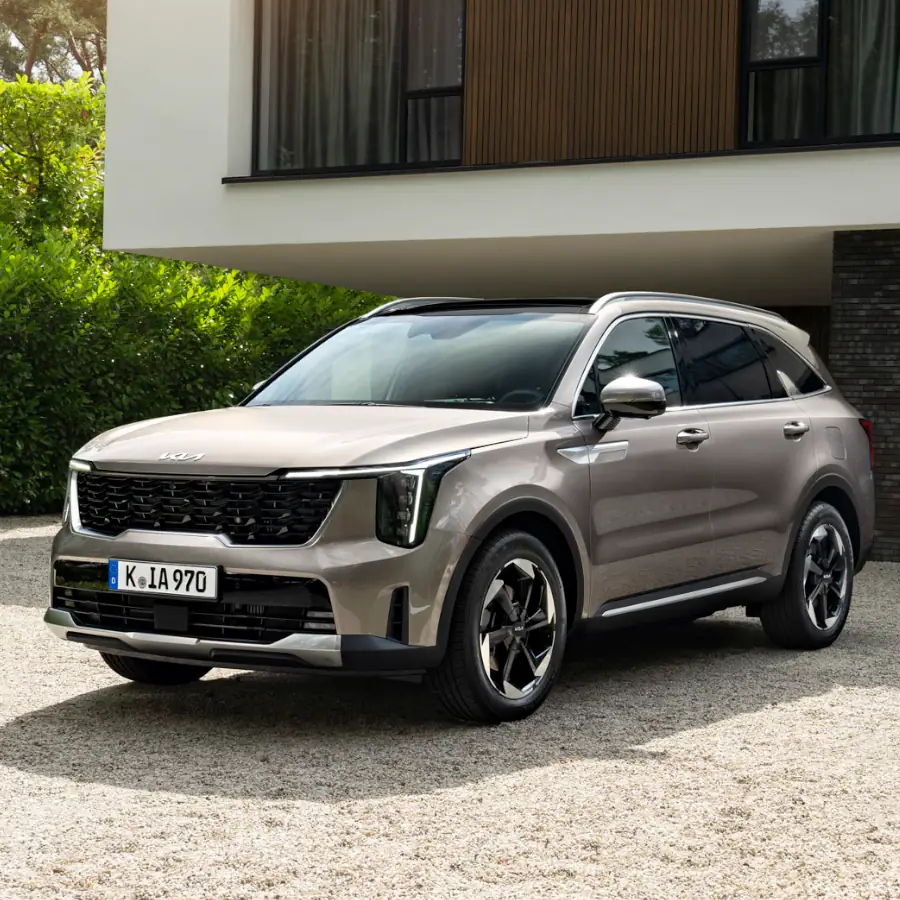
Components of a hybrid car
Every hybrid car is a carefully orchestrated system of advanced components, all working together to deliver a reliable, fuel-efficient and powerful driving experience.
Internal Combustion Engine (ICE)
In a hybrid, the traditional petrol or diesel engine is more than just a power source – it’s one half of a dynamic partnership. It kicks in when you need it, but it also steps back, allowing the electric motor to take the lead when it’s more efficient. This cooperation between the engine and the motor is what makes hybrids so versatile.
Electric motor
The electric motor is the heart of the hybrid car. It makes low-speed driving feel effortless and is what powers you quietly through city streets. The motor also helps to recharge the battery every time you brake (using regenerative braking), capturing energy that would otherwise be wasted.
High voltage battery pack
The battery is the powerhouse that stores the energy for the electric motor. Advances in battery technology have made today’s hybrid cars more efficient than ever. Lithium-ion batteries offer high energy density and long life.
What does that mean? They can store a lot of energy relative to their size and weight. So they can power your hybrid car for longer distances without taking up too much space or adding excessive weight.
Note: When we talk about batteries in hybrid or electric vehicles, we mean the specialised high-voltage battery. This differs from the 12V battery found in petrol and diesel engines, which is also present in hybrids and EVs but is not the primary power source.
Explore Kia Hybrid Cars
How do hybrid cars work?
Hybrid cars work by combining their electric and petrol power sources in the most efficient way possible for the driving conditions. They start in electric mode—perfect for suburban driving—using regenerative braking to recharge your battery.
Then, the petrol engine engages as you accelerate, providing the extra power you need for faster speeds. But you don’t need to worry about when and how this happens – the car takes care of it. You’re always driving as efficiently as possible.
There are three main things that help us understand not only what a hybrid car is but also how it works.
Electric power: starting and low-speed operation
Taking off from a stationary position in a hybrid is a unique experience. The quiet hum of the electric motor as you pull away from a stop reminds you that you're driving something different, something smarter.
There's a sense of calm as the car moves forward. And with no engine noise, city driving is less of a chore and more of a quiet escape.
Petrol power: acceleration and high-speed driving
When you need more power, the hybrid's petrol engine steps in without you even noticing. The transition is smooth, and the acceleration is confident.
As you merge onto the freeway, the car picks up speed easily, the electric motor and engine working together to deliver just the right amount of power. It feels balanced.
Battery charging
Hybrid batteries charge through regenerative braking or, if you drive a plug-in hybrid vehicle, plugging into an external source like your home charging port or a public charging station.
This dual charging capability means your hybrid is always ready to go, whether driving around town or heading out on a long trip. And of course, even if the battery gets depleted, your car will simply use the petrol engine.
Common misconceptions about hybrid cars
There’s a lot of misinformation about hybrids, but the facts tell a different story. Hybrid batteries are built to last and come with warranties that give you peace of mind.
And while some might think hybrids lack power, the reality is that modern hybrids deliver strong performance, often outpacing conventional vehicles in both acceleration and efficiency.
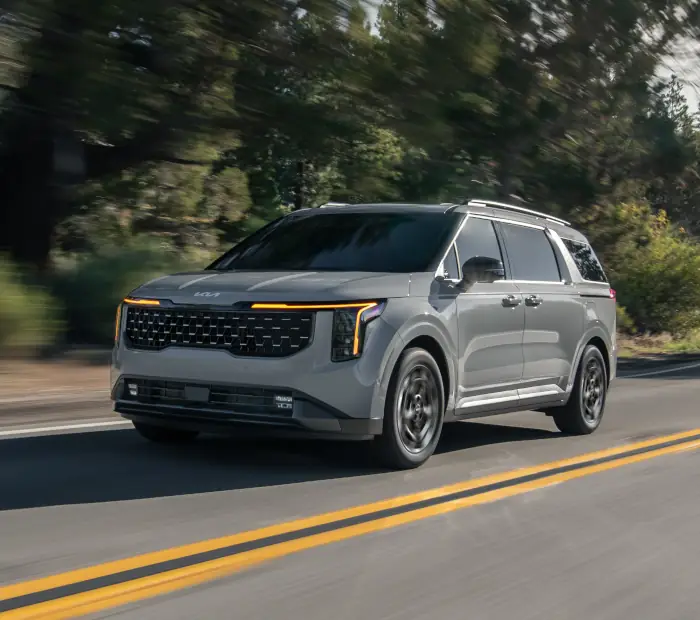
What is a hybrid car best for?
The most obvious benefit is fuel efficiency. Thanks to its smart self-charging capabilities such as regenerative braking, hybrid cars consume less petrol/diesel compared to pure internal combustion engine (ICE) cars while still having the convenience of refuelling when needed at existing service stations.
This is what a hybrid car offers – a seamless blend of technology, fuel efficiency and reliability designed to make every journey easy. Ready to make your own way? Discover our popular Carnival and Sportage hybrid vehicles.
FAQ: What is a hybrid vehicle?
To answer the question, "What is a hybrid vehicle?" more fully, let's explain further how it works. Here are answers to your most common questions about what a hybrid vehicle is and how it works.
Does a hybrid car need petrol or diesel?
Yes. Hybrid cars do require petrol or diesel to operate. The internal combustion engine is a crucial part of the hybrid system, providing power for higher speeds and longer drives. However, the electric motor significantly reduces overall petrol consumption, especially during city driving and low-speed travel.
This combination allows you to enjoy the flexibility and range of a traditional engine while benefiting from the fuel efficiency and lower emissions.
At what speed do hybrid cars switch to petrol?
Hybrid systems automatically select the best power source to optimise performance and fuel economy, rather than relying solely on speed. Instead, they make the switch based on several factors, including:
- How much charge is in the battery
- Driving conditions (e.g. frequently start-stopping urban or highway driving)
A hybrid car uses its electric motor more when you stop and start a lot (urban driving). It will switch to the internal combustion engine during long distances, where the battery can be quickly depleted without much regenerative braking to recharge it.
Do hybrid cars charge while driving?
Yes. Hybrid cars recharge their batteries while you drive. They do this with regenerative braking, where energy usually lost during braking is captured and converted into electricity to recharge the battery. The engine can also contribute to charging the battery when needed.
This self-charging capability means you don't need to worry about plugging in your vehicle, except for plug-in hybrids (PHEVs), which can recharge from an external source for extended electric-only driving.
Are hybrid cars good for long-distance driving?
Hybrid cars are excellent for long-distance driving, offering the best of both worlds. It’s what a hybrid car is designed for (along with reduced emissions). On highways, the internal combustion engine provides the power and range needed for extended trips, while the electric motor can still assist, especially during periods of low power demand.
How long does a hybrid battery last?
There’s no definitive number of years a hybrid battery will last. Their longevity is affected by factors that can change from driver to driver. Here at Kia, the batteries in our hybrids, plug-in hybrids and electric vehicles all come with a seven-year / 150,000 km warranty for capacity loss below 70% of the original capacity.
Learn more about Kia's battery warranty policy here.


